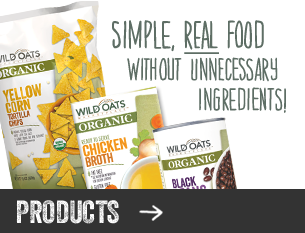If you’ve never tried rutabaga, now is the time. Rutabaga is spicy, slightly sweet and lusciously creamy when cooked. And while rutabaga can add a delightfully complex flavor to any dish, it is not at all difficult to cook, which in my book, makes it a winner.
Rutabaga is a root vegetable that ripens in the cool of autumn. It’s coming into season now, so this is the perfect time to make it a part of your seasonal table.
You’ve probably seen a rutabaga at your market (farmer’s or otherwise) sitting dejectedly, all alone next to the turnips and parsnips. It’s not what I’d call a pretty veggie — not like asparagus or broccoli — no, rutabagas are hairy with roots, have a weird lopsided shape, and can’t decide if they’re purple, orange, cream or some amalgam of the three.
But looks aren’t everything. The unassuming rutabaga is both tasty and nutritious, and not only complements the flavors of hearty fall fair, it elevates them.
Rutabagas are distantly related to turnips, so you may have heard them called Swedes, Swedish turnip, yellow turnip or even winter turnip. The name rutabaga is derived from the Swedish word rotabagga which means round root. This makes sense because they are an ancient pairing of cabbage and turnip, appearing before 1400 A.D., but grow much larger than turnips. Their flavor is much more complex than their turnip cousin, too. Their deep yellow-orange flesh is dense and subtlety sweet, an unexpected surprise in this otherwise homely fall offering.
Rutabagas are a cruciferous vegetable, rich in vitamin C, potassium and fiber. Rutabagas are also high in antioxidants like lutein and zeaxanthin, as well as other carotenoids, which can help prevent cancer and heart disease and help with inflammatory conditions like arthritis.
All parts of the rutabaga are edible, including the leaves, which can be cooked as you would any other green such as turnip greens, mustards greens or even kale. But the real prize is the rutabaga root, which can be roasted, mashed, boiled in a stew or soup or even grilled.
So don’t pass up the rutabaga just because it looks funny and may seem unfamiliar. Give this root vegetable gem a try. You might just find a new fall favorite.
Below are a few links to great rutabaga recipes from around the web.


 Contact us
Contact us





